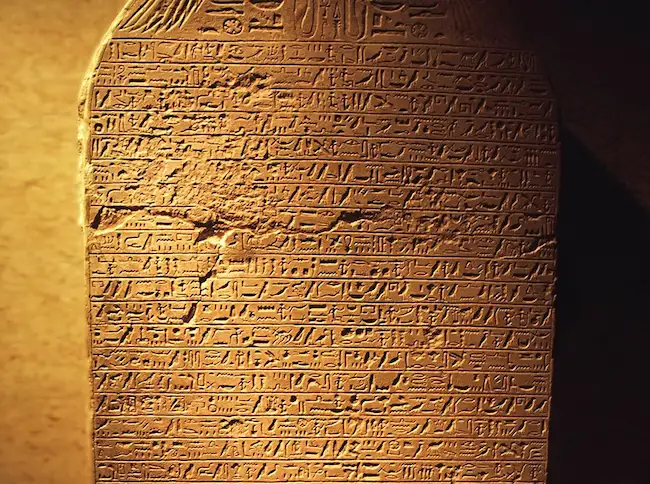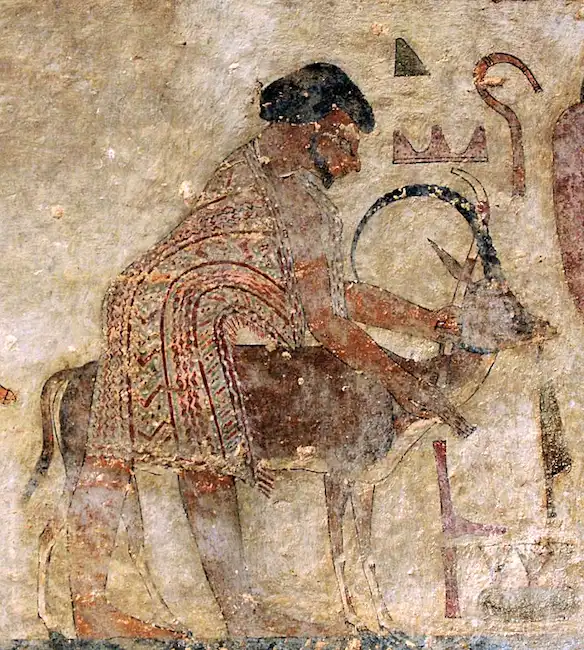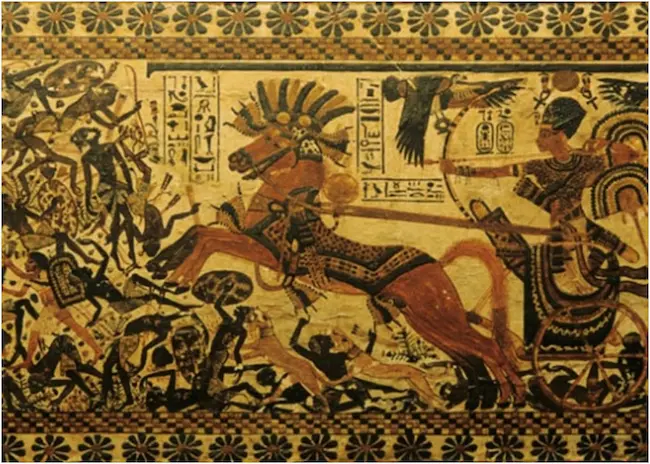Wall paintings that date back to about 1900 B.C. reveal that visitors to Egypt wore colourful clothing different from the white robes that the locals wore.

Many believe that the Hyksos, an enigmatic group of foreign invaders, conquered the Nile Delta around 1638 B.C. and remained in power until 1530 B.C. However, modern archaeologists have found limited material evidence of the ancient military campaign, and written records of the dynasty are scarce. New research, which was published in the journal PLOS One, offers evidence of an alternative theory about the Hyksos’ origins.

The research shows that people from the Levant immigrated to Egypt centuries before the supposed invasion, and the Hyksos dynasty was likely a result of an immigrant uprising and not a hostile outside invasion. The study analysed the strontium isotopes present in 75 skeletons’ tooth enamel found at the Hyksos capital of Avaris, concluding that around half of the skeletons buried before the Hyksos takeover were foreign-born, indicating significant immigration before the alleged invasion.

Archaeological finds further testify to the Hyksos culture’s diversity, with ancient artwork depicting members wearing colourful robes distinct from Egypt’s traditional white clothing. In addition, records indicate that they had names similar to people from southwest Asia.

Tombs unearthed at Avaris also offer evidence of “non-Egyptian burial customs”. The researchers theorize that members of Avaris’ immigrant community rose to power during the unrest of the Second Intermediate Period. After ruling northern Egypt for more than 100 years, they were deposed by the returning pharaohs.

